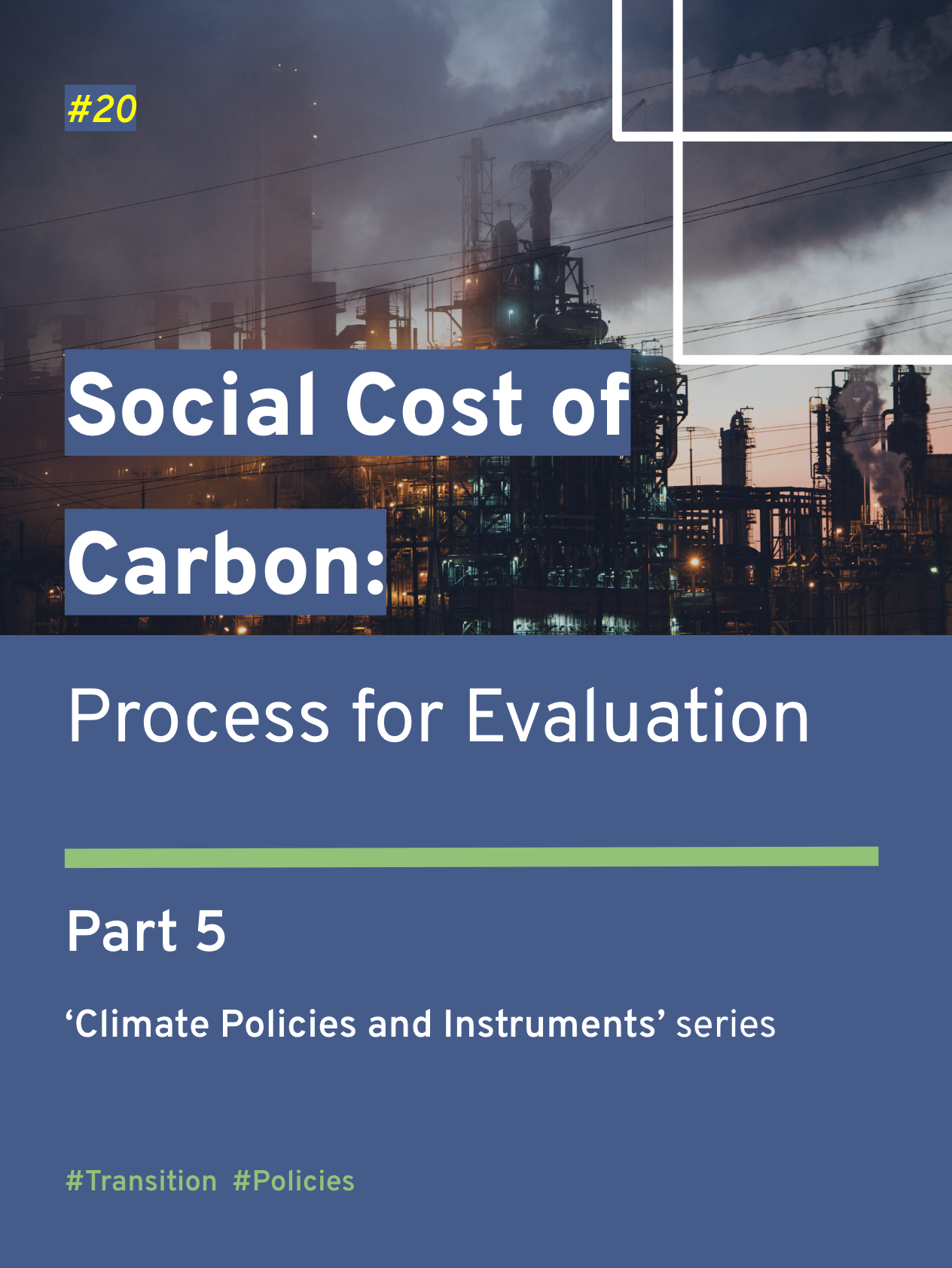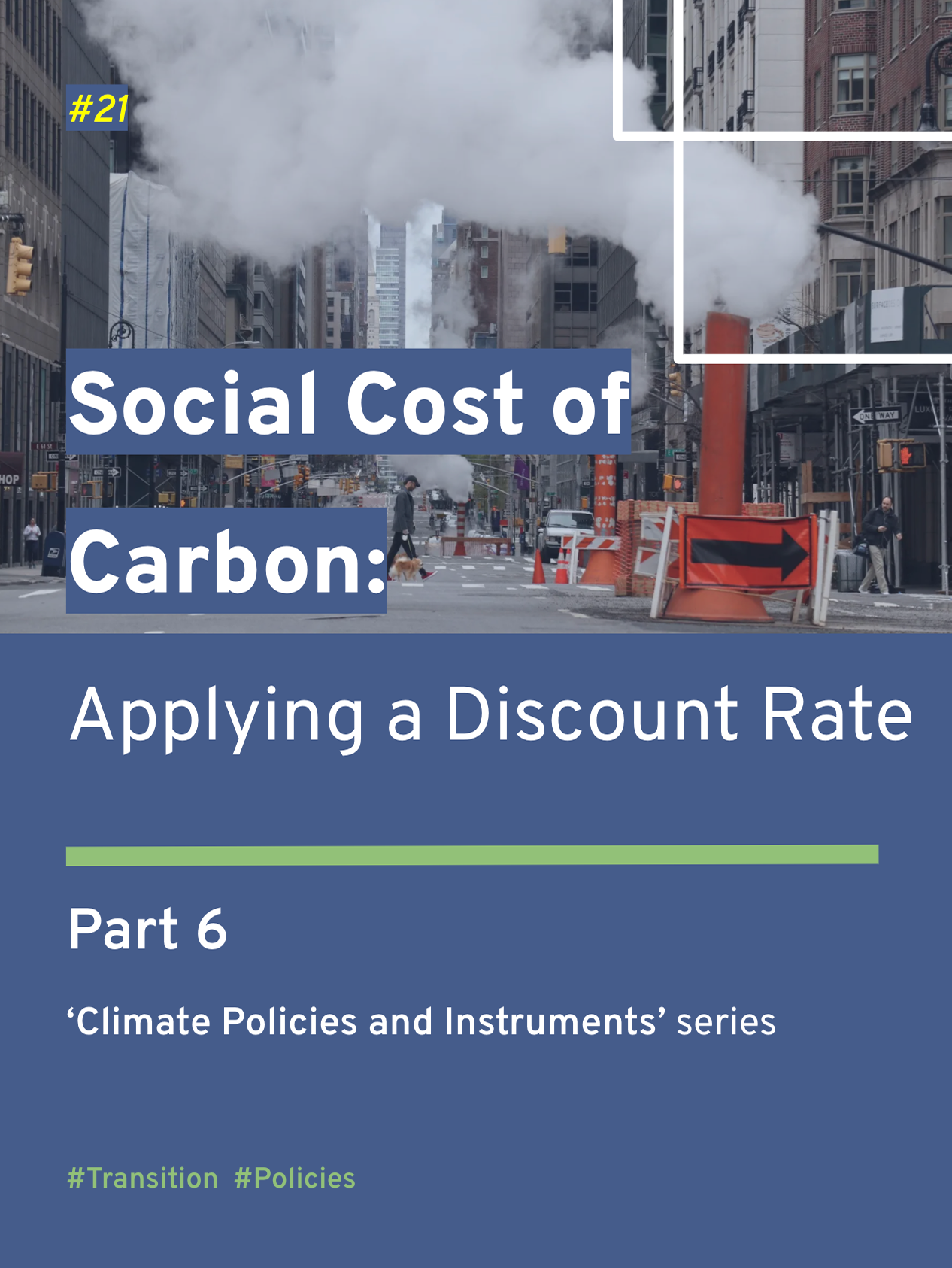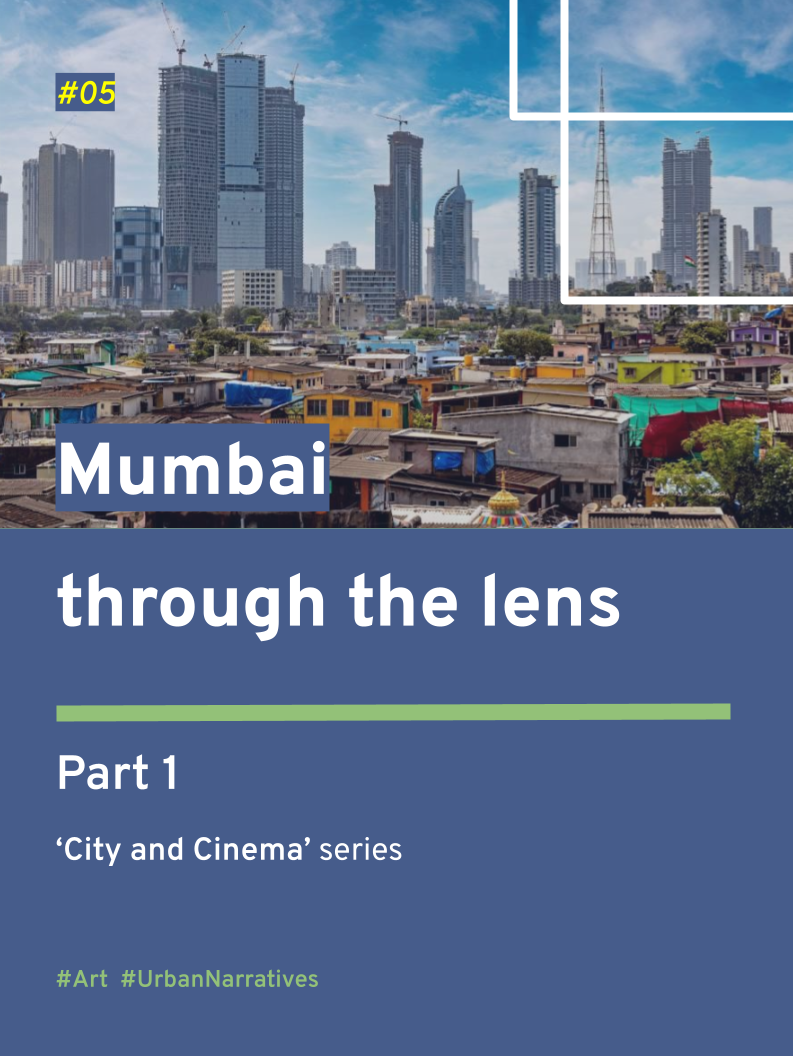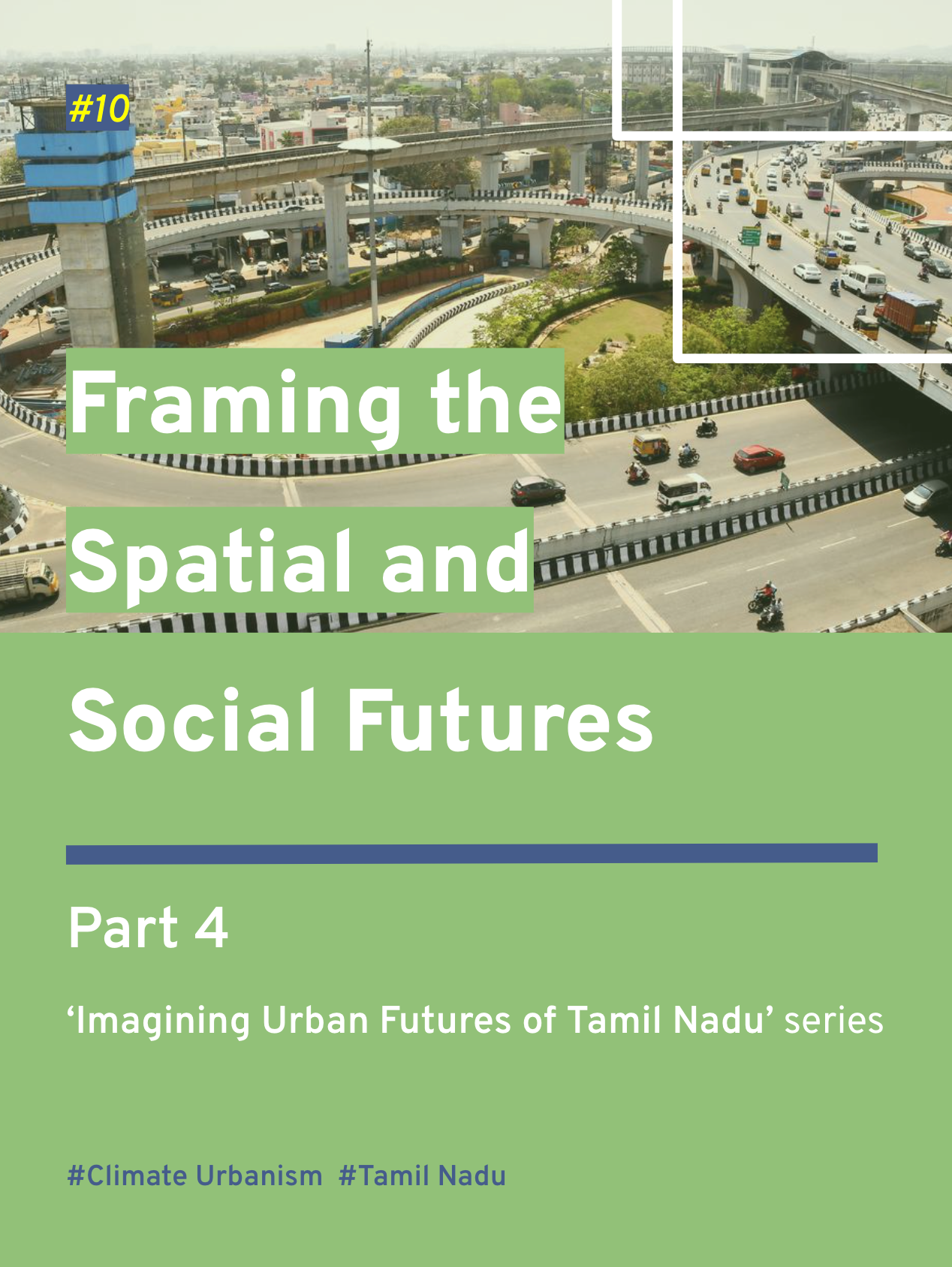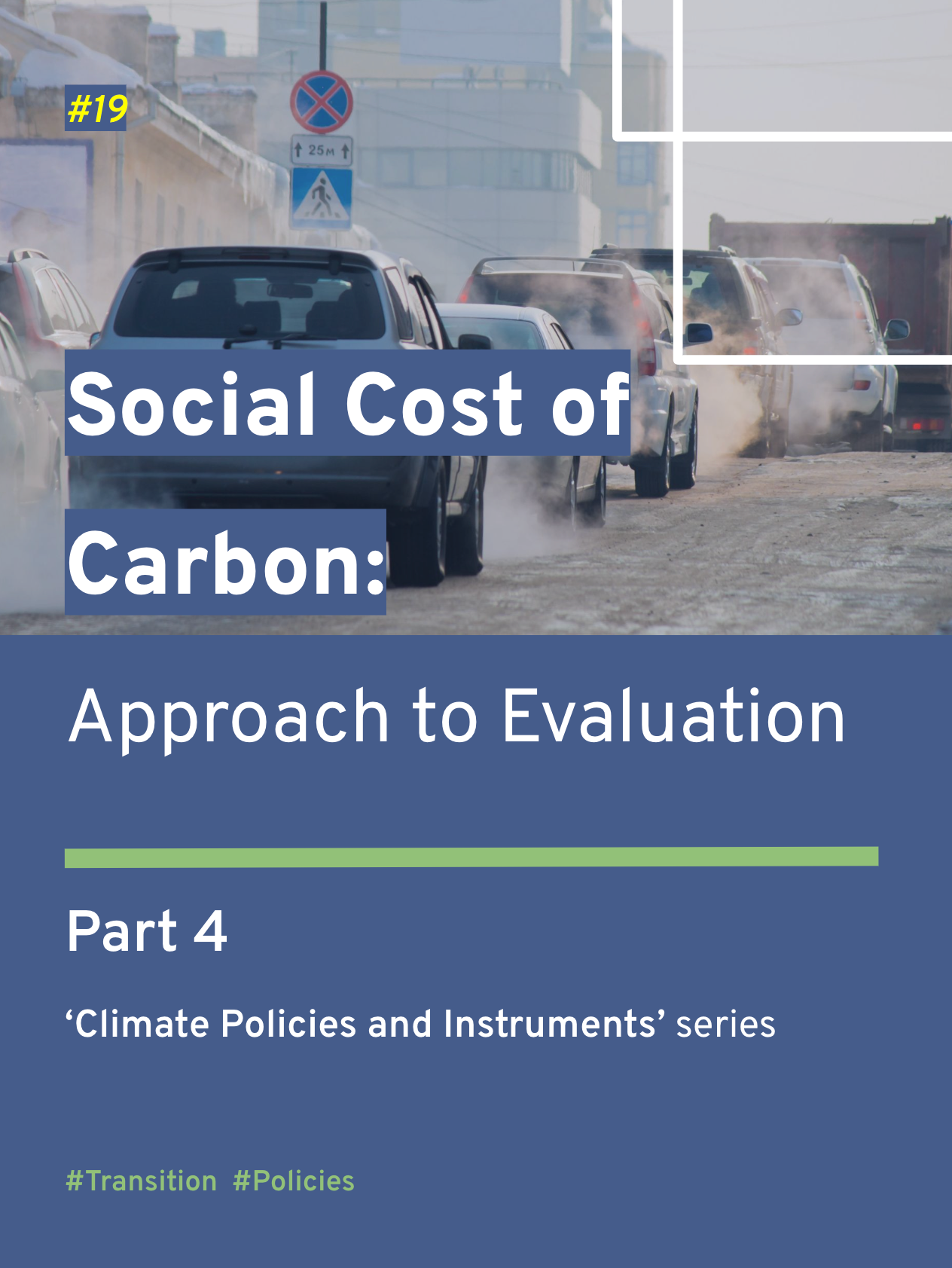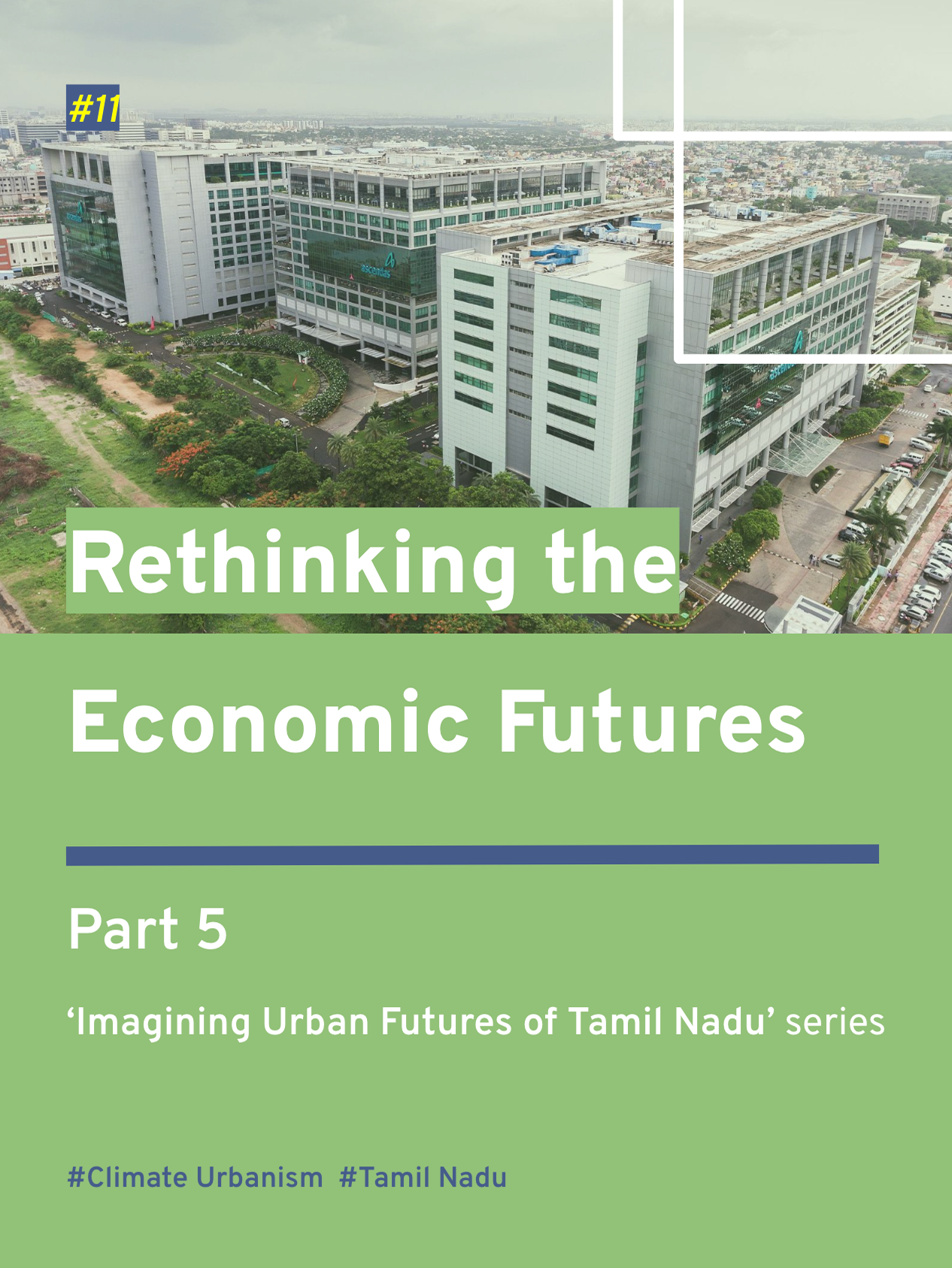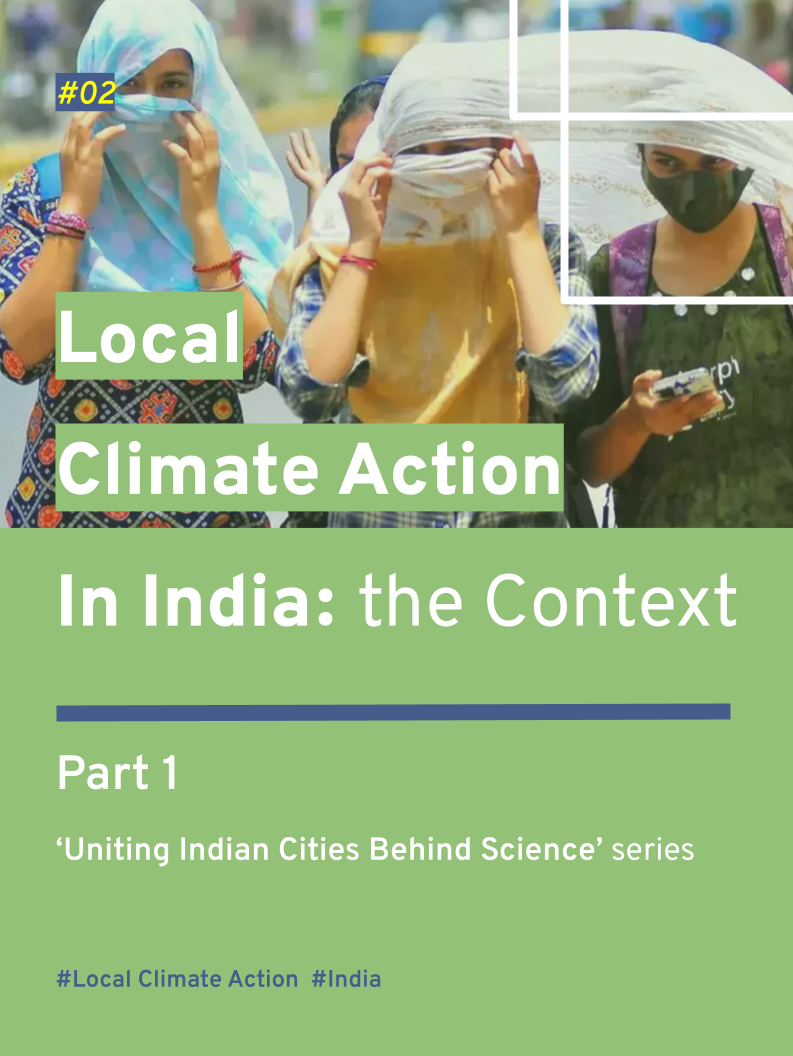Part 2 of ‘Imagining Urban Futures of Tamil Nadu’ series
Chennai, Tamil Nadu (TN), India (Source: P. Ravikumar/Reuters)
Click here to read Part 1, which introduces ‘Climate Urbanism’ and sets the premise for the discussion, here.
As the second most industrialised state, in India, Tamil Nadu (TN) is spread across 130,058.00 sq km, and administratively divided into 38 districts. With a 48.40% urban population (of the overall 72.15 million) today (Census of India, 2011), the region is projected to be the most urbanised in India by 2030, with 67 percent living in cities.
Towards exploring the region’s urban futures through the lens of ‘Climate Urbanism’, the following four threads would lead the way: rising climate catastrophes and the state’s vulnerability; the state’s ambitious one trillion (USD) economy goal; the state-led metropolitanisation; and growing attention to climate action.
‘Why these four threads?’, I must agree, I don’t have a clear answer. We need to start somewhere, and these four threads seem reasonable based on my lived experiences and general observation of the state’s politics and policies. If not for supporting us in imagining the urban climate future of TN, I believe these four threads would, at least, help us in identifying the right threads to lead the way. So, please follow me with the same hope.
1. Rising Climate Catastrophes
Following the loss of over 8,000 lives in the 2004 Tsunami, TN has been hit by cyclones year-over-year with increasing rainfall intensity, especially in the last decade: Thane (2011), Nilam (2012), Vardha (2016), Ockhi (2017), Gaja (2018), Burevi (2020), Nivar (2020), Mandous (2022), and Michaung (2023).
Due to the drastic increase in built-up or paved areas, from 29.53 percent in 1991 to 64.4 percent in 2013, and poor urban planning and development measures from the previous century, the state’s urban centres, especially Chennai-the capital city, face severe inundation and flooding, transforming natural disasters into serious human-made catastrophes. What's worse is the combination of floods and drought, from one year to another. Annually, Chennai receives an average rainfall of 1400 mm (twice that of London’s annual average), and on the 5th Jan 2021, it recorded 123 mm, the highest single-day rainfall in a century. But, in 2019, the city hit Day Zero, and had to run water trucks and trains from nearby districts and states, to ensure access to water for its inhabitants.
Maps showing the disaster vulnerability of the districts of TN a) Top left: map showing the coastal districts and flood inundation zones; b) Top right: map showing the wind and cyclone hazard zones of TN, with a potential surge height predicted to be up to 12 metres; c) Borrow left: map highlighting the landslide affected districts; d) map presenting the seismic damage risk zones (Source: TN State Disaster Management Authority).
At the state level, more than seventy percent of the geographic area is declared a high to moderate damage risk zone, with fifteen coastal districts (of the total thirty-eight) experiencing the brunt of every monsoon.
Following the 2015 floods, the state invested millions and built 1000s of km of concrete stormwater drains (SWDs). Today, Chennai alone has around 3000 km of stormwater drains covering the road length of 5,500 km. However, the 2023 floods that took the city underwater again showed why ‘SWDs are not the magic bullet, and that we need more’. Though we don’t know what the future holds, it is safe to assume that a dense network of SWDs running under the streets, with millions in investments, is not the image of an urban climate future that we can be comfortable with.
2. One Trillion (USD) Economy Goal
TN’s steady economic performance, supported by strong manufacturing and service sector industries, has led to the state government setting a trillion-dollar (USD) economy target by 2030, from the recorded worth of INR 20.65 lakh crore (248.46 billion) in 2021-2022. Leveraging its higher gross enrollment ratio, which is twice the national average, the state aims to strengthen research and development across biotechnology, artificial intelligence, machine learning, renewable energy, defence, agri-tech, and electronics sectors. To achieve this target, the subnational government takes the lead in attracting domestic and international investments through Guidance Tamil Nadu, a nodal agency for investment promotion and single-window facilitation. From 2015, the state has hosted three global investor summits, including the recent 2024 event, which is said to have brought in INR 6.64 lakh crores (79.86 billion USD) worth of investment proposals, with the potential to generate 26,90,657 jobs.
For context, in 2023, the Prime Minister of India in 2023 announced his ambition to transform the country into a $5 trillion economy, in 5 years. So, in a country with twenty-eight states and eight Union Territories, TN aspires to account for one-fifth of the nation’s economy, by numbers. TN has a target—a BIG one, an ambitious one. Everything the state builds, rebuilds, and also demolishes towards achieving this target would have a role in projecting the state’s urban future. Hence, the spark to think about is, ‘How would the cities of a $1 trillion economy be?’.
3. State-led Metropolitanisation
The present state-led urban policies and planning processes display a strong metropolitanization trajectory. In 2021, the government of TN announced the establishment of three new urban development authorities, to plan, regulate, and manage agglomeration in the state's second-tier cities of Madurai, Coimbatore-Tiruppur, and Hosur in the model of the Chennai Metropolitan Development Authority (CMDA). These cities happen to be non-coastal districts that fall under moderate to low damage risk zones. While these new development authorities are in their inception stages, the CMDA is already preparing, in full swing, the 'Third Master Plan 2040', covering a 5,904 sq km area, a four-fold increase over the area (1,189 sq km) covered by the prior 'Second Master Plan'. In addition, a range of pro-development and pro-urbanisation measures have been initiated by the state, including the renaming of the state Slum Clearance Board as Urban Habitat Development Board, the amendments to the TN Town and Country Planning (Third Amendment) Act, 2018 for popularising land pooling measures, the preparation of transit-oriented development policies and schemes for encouraging medium- to high-density vertical growth, and the inception of mass rapid rail transport schemes for two second-tier cities.
A lot is happening in cities, and a lot is in the pipeline. In ten years or in twenty years, how would these schemes and plans reshape the urban face of the state? With multiple metropolitan areas, is the state set for healthy, decentralised development? Or would the concentrated focus on bigger cities induce gentrification, and eat up the charm of suburban areas and smaller towns? Will there be a real estate boom or a housing shortage? All questions lead to thinking about the future of urbanisation.
4. State Attention to Climate Action
In 2022, the Chief Minister of TN launched the TN Climate Change Mission—in addition to the Green TN Mission and TN Wetland Mission—under the state Environment, Climate Change, and Forests Department, with the target to achieve carbon neutrality ahead of India’s 2070 timeline. Following this, the state has also set up a TN Green Climate Company, a Governing Council on Climate Change under the chairmanship of the Chief Minister to provide policy direction, and a Green Climate Fund with an outlay of INR 1,000 crores (120 million USD) to implement the three missions. Under the Climate Change Mission, all thirty-eight of the state's districts are expected to prepare district-level climate adaptation and mitigation plans. In February 2024, the state hosted the Climate Change Summit 2.0, revealed the greenhouse gas (GHG) inventory, and introduced pathways for its long-term net-zero transition.
While a focused urban view is essential and still pending, to inform local climate action measures, one can take a moment of relief as the state at least acknowledges the need to act; a relief as the state is ready to think about the climate future. But, what will it be like?
This presents the severity of the climate crisis and the region's vulnerability, the steady pro-growth, Gross Domestic Product (GDP)-centric aspiration, the rapid state-incentivised urbanisation, and the status of climate action. While these four threads could bring out creative ways for projecting the urban climate future, there is an overarching opportunity to add a socio-political perspective.
The present state government, led by the Dravida Munnetra Kazhagam (DMK)—a regional political party, positions the Dravidian Model—based on a populist mobilisation (Dravidian or Dravidianism) movement founded in the early 20th century against caste-based inequalities and shaping the post-independence politics and processes of TN—as their guiding development paradigm to shape the future of TN.
Following the launch of the TN Climate Change Mission, the Chief Minister even tweeted (or ‘X’ed), “Let the Dravidian model guide (the nation) not only in social justice but also in ecological justice.”
So, before we dive deeper to further explore the four threads, it would be an interesting exercise to borrow some learnings from the Dravidian Model, towards exploring TN’s urban climate future.
Check out the next blog in this series, for a snapshot of the Dravidian Model in the context of urbanisation, development, and climate change.
Have questions, thoughts, or feedback? Write to nagendran.bala.m@gmail.com.
